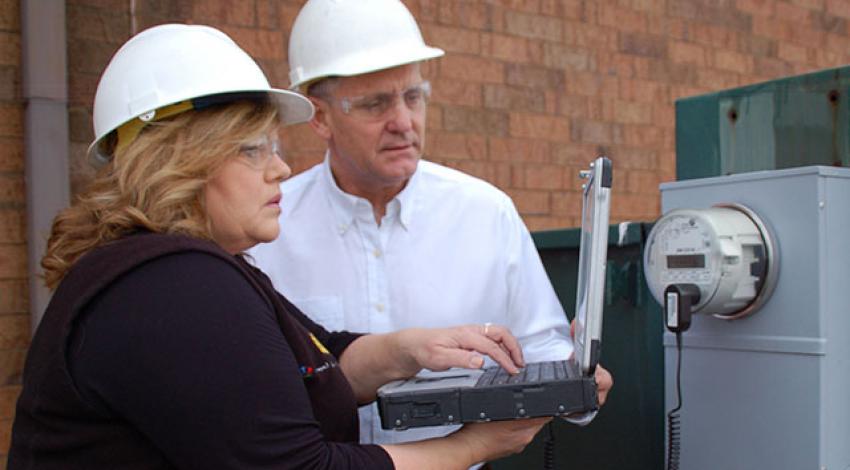While intermittent generation sources — like wind and solar — certainly play an increasingly larger role in electricity production, they are, for the time being, supporting performers.
Choose the correct answer:
What sources do Ohio’s 24 electric cooperatives employ to generate power for 1 million Ohioans?
- coal
- natural gas
- solar
- hydropower
- landfill methane
- biodigesters
- all of the above
Why all of the above?
We’ve said it before, we’ll say it again: Reliability, affordability, and fuel diversity are paramount to the resiliency of the nation’s electric grid — period. While intermittent generation sources — like wind and solar — certainly play an increasingly larger role in electricity production, they are, for the time being, supporting performers. Issues in Texas and California have made it clear to the rest of the country that blackouts can and will happen, causing tremendous suffering and loss. It’s a gamble not worth taking, particularly when lives lie in the balance.
Those recent debacles taught us some pretty clear lessons about the value and benefit of having a diverse set of supply resources available. Check out Rebecca Seum’s story on page 4, explaining how Buckeye Power tries to play as strong a hand as possible in the power generation game in Ohio.
We do so because during extreme weather events, things don’t always work as expected. Recent failures have been a combination of poor planning, severe weather, and the resulting impacts on plant operations (such as frozen pipes or lack of wind or sunshine). Being prepared for the unexpected is part of the job of generating and transmitting energy.
Do it right
Both Texas and California were preparing for more troubles due to hot weather and plant shutdowns. As recently as mid-June, the Electric Reliability Council of Texas (ERCOT) issued a plea for Texans to conserve energy in advance of the state’s traditionally sweltering summer heat. An identical scenario played out at about the same time in California, when Gov. Gavin Newsom called on residents to conserve energy use during an “extreme heat event.” Newsom subsequently signed an emergency proclamation that allowed power plants to ramp up operations to meet the demand for electricity — all before the official start of summer.
Some government officials and environmental activists insist that we need to transition our power system away from fossil fuels even faster than we already have. California and Texas are clear reminders that we can go too far, too fast. Ohio’s electric cooperative network is committed to doing our best to prevent that from happening here.









